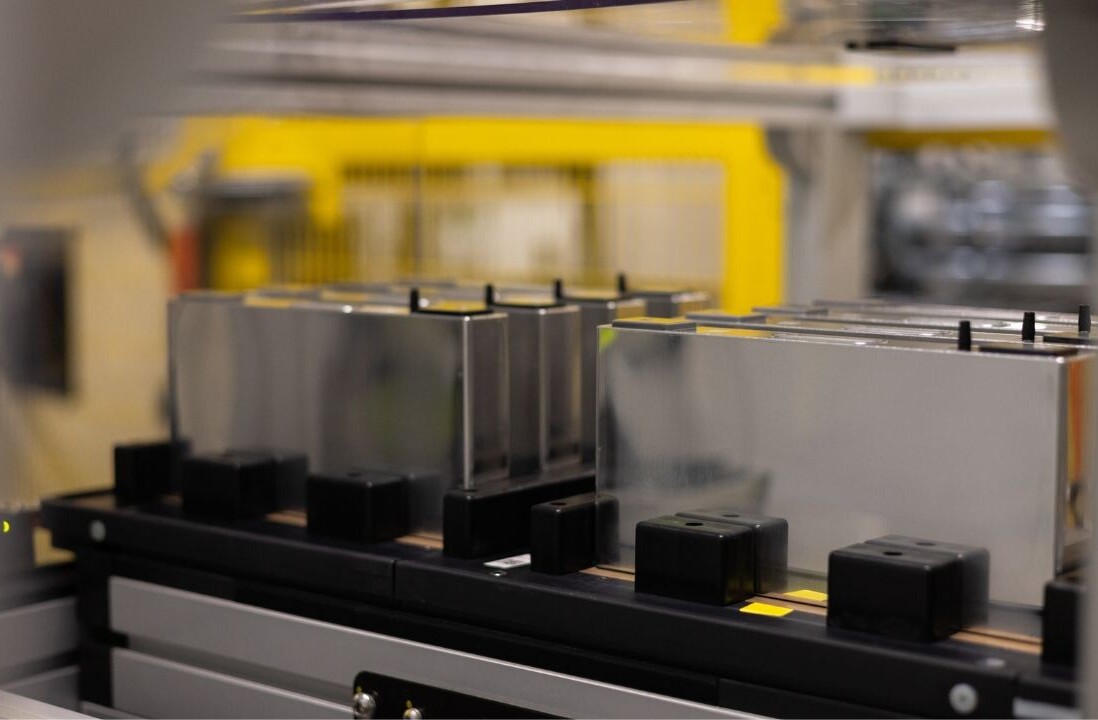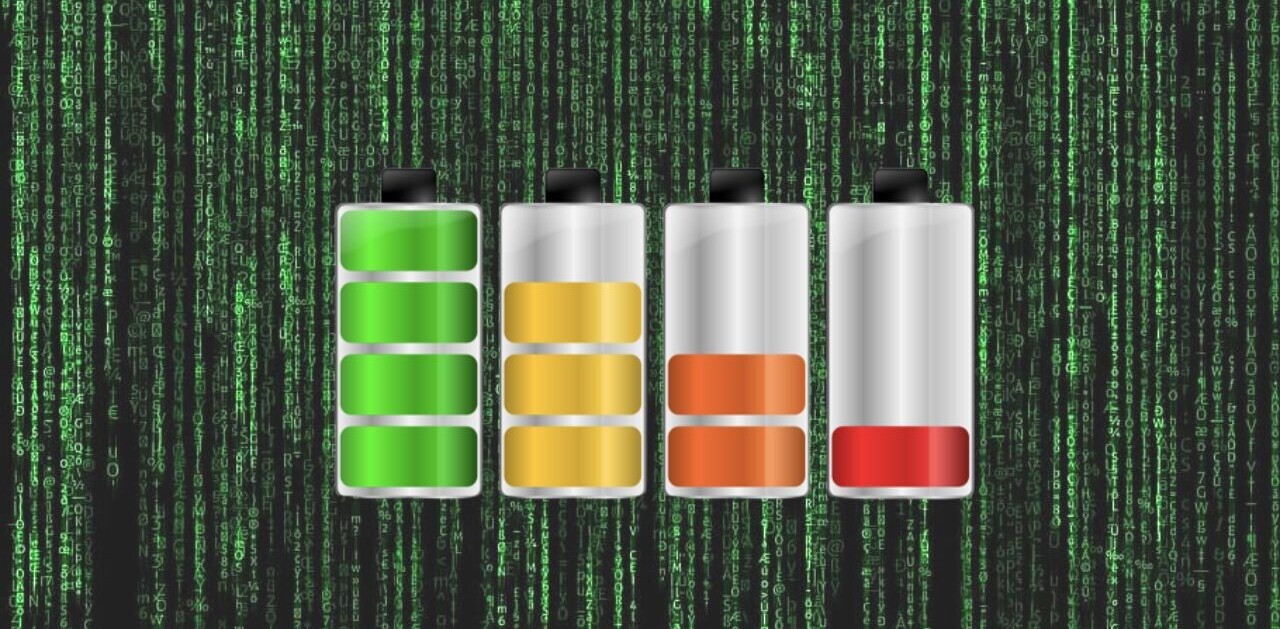
Not a week goes by without seeing a video, news item, or tweet about a lithium-ion battery fire. Just over the weekend, there was news in Canada of a Tesla Model Y 2021 driver who had to break a window to escape after his car shut down and caught fire unexpectedly. The car lost power, locked him inside, and started filling up with smoke.
The problem is big. Incidents range from exploding roadside mopeds to ebike batteries that catch fire while charging at home, to fires burning on cargo ships holding electric vehicles. And it’s getting worse as more and more devices rely on lithium-ion batteries.
The original video that piqued my interest:
This article is part of a three-part series looking at the problem of lithium battery fires. I’ve watched video footage, and mapped a timeline of the fires over the last 18 months with a corresponding spreadsheet of the news articles.
I wanted to better understand the problem, so I’ve spoken to battery scientists, engineers, and experts. I’ve also interviewed several companies that offer a range of solutions to prevent fires from starting.
To be clear, my core focus is on lithium-ion battery fires in escooters, ebikes, and emopeds.
Electric cars are not the problem
While EV battery fires are concerning, they are far exceeded by that of ICE (internal combustion engine) vehicles.
Researchers at the EV Safe project in Australia looked at global EV battery fires from 2010-2020. They found a 0.0012% chance of a passenger electric vehicle battery catching fire.
The researchers note that while it’s difficult to find a similar stat for ICE passenger vehicles globally, a range of country-based reports suggest there is a 0.1% chance of an ICE vehicle catching fire — that’s a big difference.
But before we dig into why lithium-ion battery fires occur, let’s understand the problem better.
The extent of the problem
I’ve mapped almost 100 incidents of escooter, ebike, and emoped fires from January 2021 to May 2022. Just a point of clarity, in India emopeds are referred to as scooters, but I’ve tried to categorize these correctly as much as possible.
How bad are the fires?
It’s worth seeing the ferociousness of some of the fires. What’s surprising is how quickly they alight.
Not my video, but passed to me by a former @LondonFire colleague. A house fire in East London a couple of weeks ago caused by an e-scooter lithium battery. The burning batteries ‘flaring’ causes overpressure which looks like mini-backdraughts!!! pic.twitter.com/I8HAckXJDa
— Steve Dudeney (@stevedude68) February 9, 2022
Not all fires are caused by charging
Battery charging is linked to fires like this:
But it’s not the only cause. This escooter was just minding its own business:
And here we have a delivery ebike (these have their own specific challenges which I’ll detail in the next article):
Update: it was a deliverista’s ebike battery that suddenly combusted. Biker fine. Fire out. @westsiderag 78 & Amsterdam #uws pic.twitter.com/1I5T77fgzn
— Joy Bergmann (@JoyBergmann) January 2, 2022
Recalls in response to fire risk
May 2021: Specialized recalled several models due to the risk of a “thermal runaway event.”
July 2021: General Motors issued a second recall of its 2017-2019 model Chevrolet Bolt electric vehicles for fire risk. An investigation found that some of the cells that make up the Bolt’s pack can have two simultaneous manufacturing defects. Owners were advised to:
- Charge more frequently and avoid depleting their battery below approximately 70 miles (113 kilometers).
- Park outside immediately after charging.
- Do not leave your vehicle charging indoors overnight.
July 2021: Specialized Bicycle Components recalled about 2,500 first-generation Turbo Levo and Kenevo electric mountain bike battery packs.
August 2021: GM expanded their battery recall to all Bolt models produced to date, adding 2019-2022 model year Chevrolet Bolts to the list of vehicles whose battery modules it plans to replace.
September 2021: Specialized Bicycle Components recalled about 2,500 1st-generation battery packs due to a fire hazard.
February 2021: Hyundai recalled 82,000 electric cars globally to replace their batteries after 15 reports of fires involving the vehicles. According to CNN Business, on a per-vehicle basis, the average cost is $11,000, costing Hyundai $900 million.
February 2022: Renault issued a recall for the Renault Zoe battery pack with the news that the battery pack “may stop working properly during the charging cycle or rolling vehicle, causing an internal short circuit.”
April 2022: The Volkswagen Group recalled around 118,000 plug-in hybrid vehicles worldwide. This was due to the risk of fire or possible electric shock in the event of a defective battery fuse.
As summer arrives, it’s a real test for survival of #EV in India. #EVonFire #BatteryMalfunction pic.twitter.com/Xxv9qS4KSu
— Saharsh Damani, MBA, CFA, MS (Finance) (@saharshd) March 26, 2022
April 2022: Okinawa Autotech recalled 3,215 Praise Pro electric scooters (mopeds).
It started out as random & sporadic but now cases of #ElectricVehicles on fire are surfacing with increasing frequency. Just as I had feared.
Last Saturday, 20 #electricscooters from #JitendraEV were gutted near Nashik in a trailer.
It’ll get worse before it gets better.#EV pic.twitter.com/2G5ZFXqBfn— Sumant Banerji (@sumantbanerji) April 11, 2022
April 2022: PureEV recalled 2,000 Etrance+ and EPluto 7G scooters (mopeds).
April 2022: Ola Electric recalled 1,441 Ola S1 Pro electric scooters (mopeds).
April 2022: The public transport operator in Paris suspended 149 Bluebus electric buses made by Bollore after two of the vehicles caught fire. A recall is likely, according to company management.
May 2022: Santa Cruz Bicycles issued a recall notice for Heckler 9 electric bikes sold between January and March 2022. The brand received 10 reports of batteries falling from the frame and two reports of the latch spring causing added wear on the battery housing.
So it’s a big problem, and it feels a bit like companies are playing whack-a-mole, putting out fires (literally and figuratively), and issuing recalls in an effort to end the problem. But why do battery fires happen, and why are they still occurring? Stay tuned for the next article to find out all about it.
Get the TNW newsletter
Get the most important tech news in your inbox each week.




